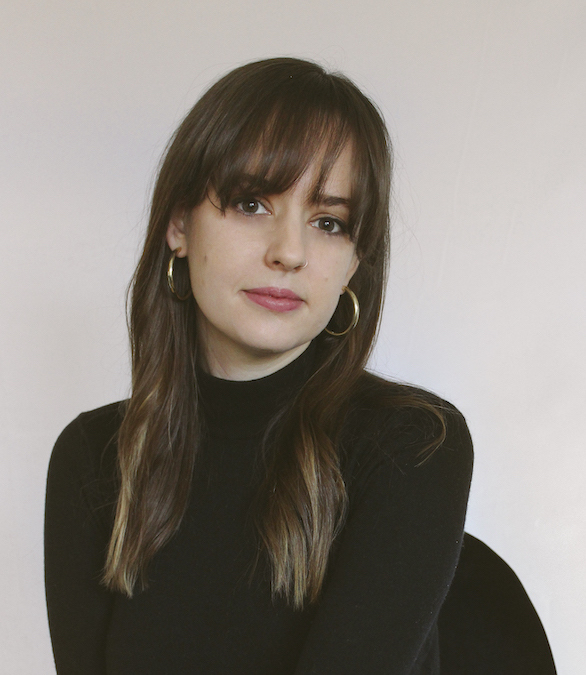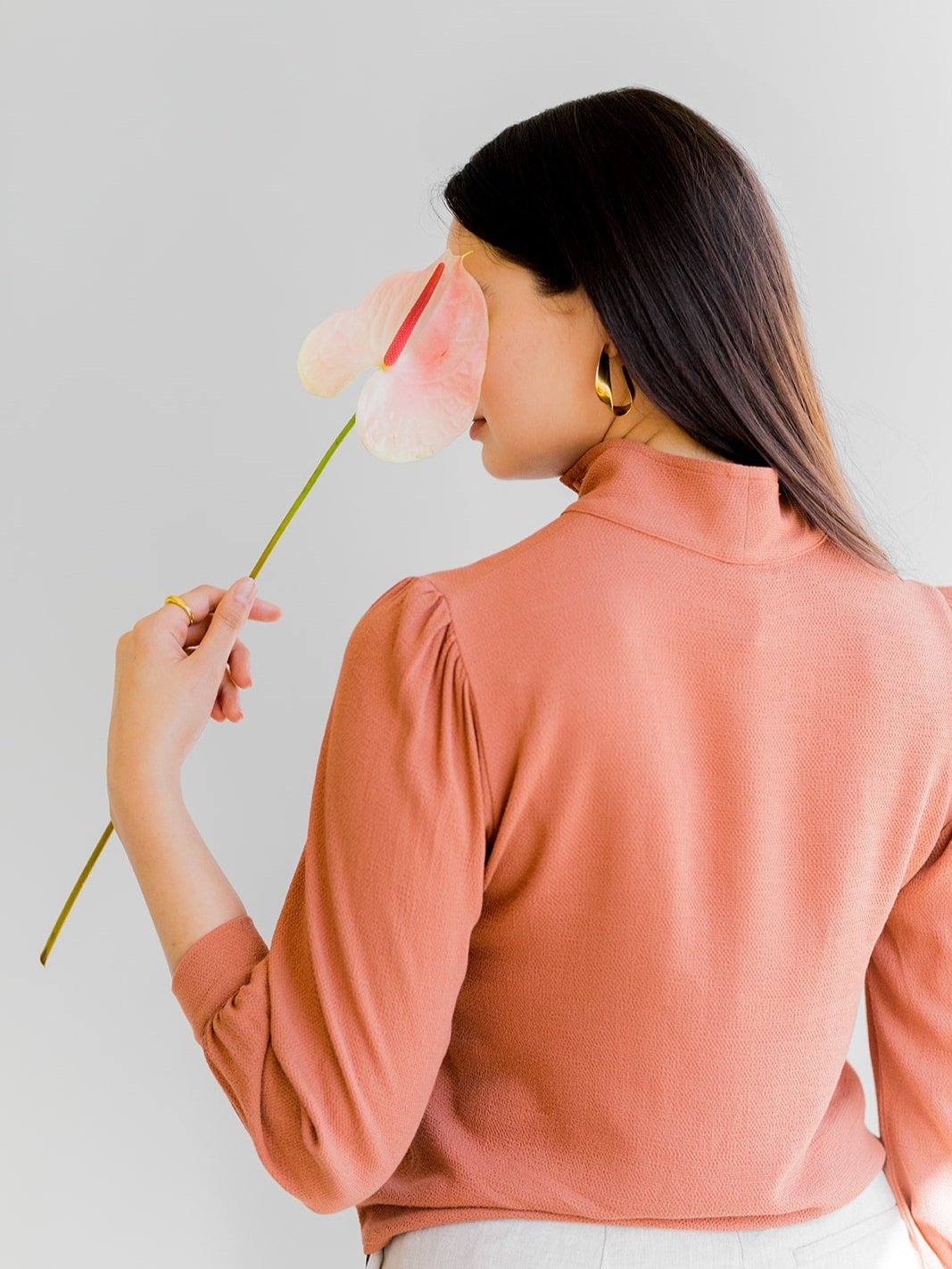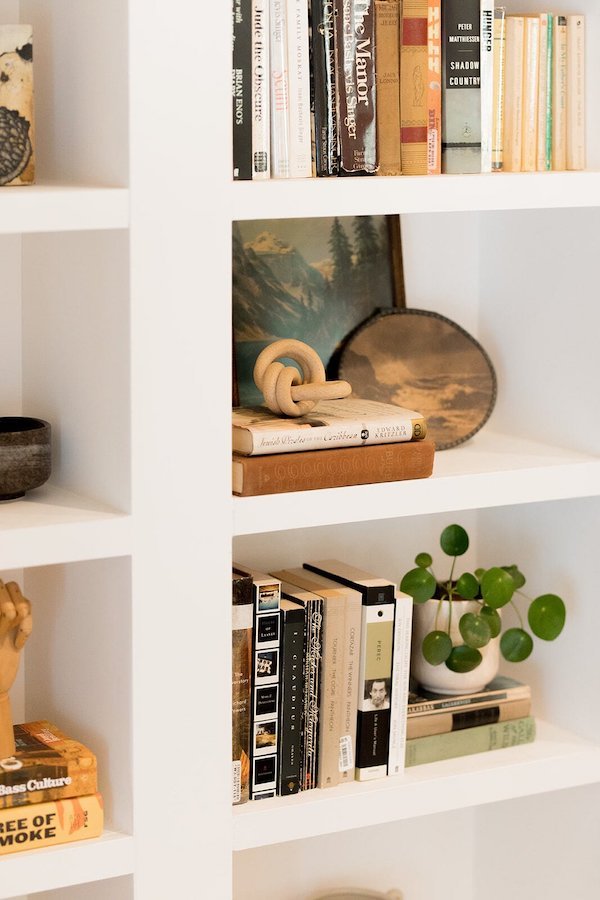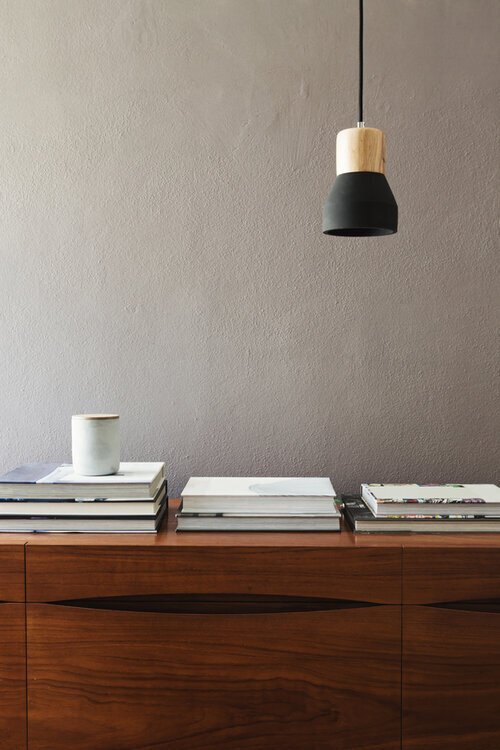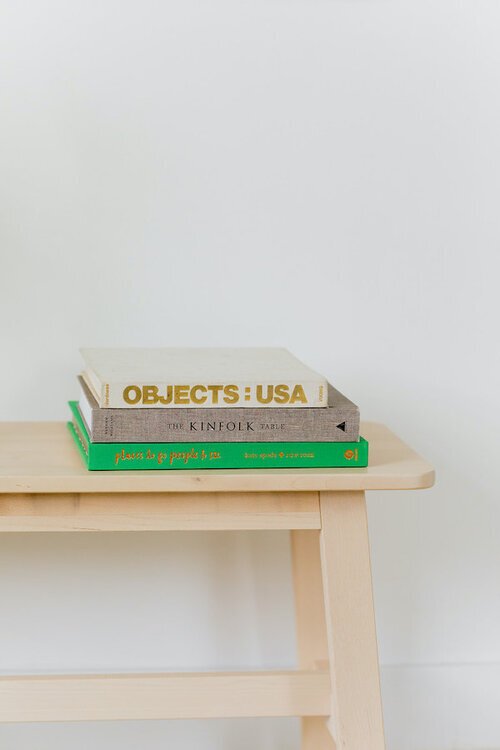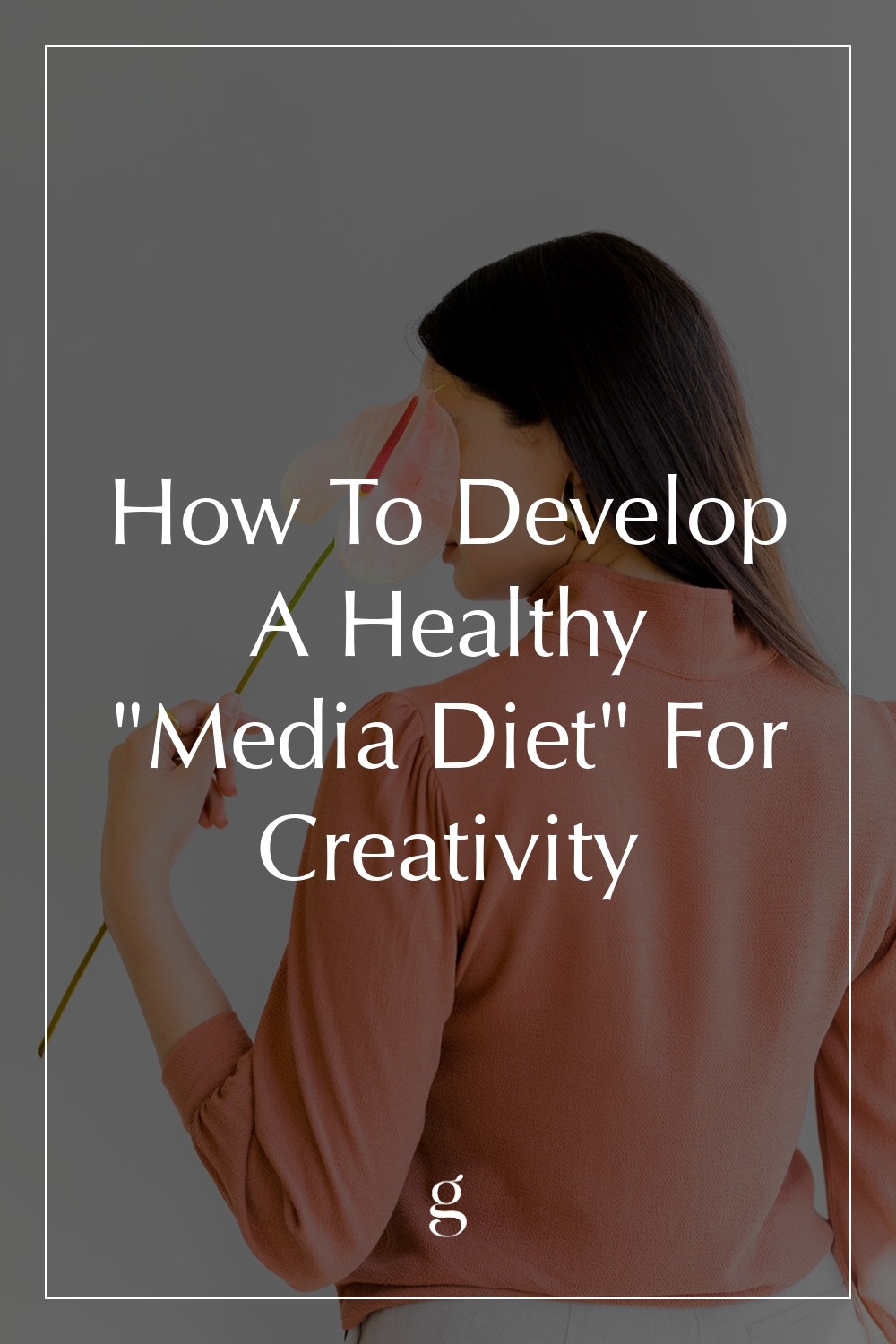
How To Develop A Healthy “Media Diet” For Creativity
How to Be Creative in an Era of Excess Consumption
It was the end of my first semester in grad school. I anxiously paced around my studio apartment, struggling to sit at my desk any longer. Books were strewn about the floor. Some rested half-open on the bed while others were stacked like Jenga blocks on the table. The stories—like my thoughts—blurred together, and I couldn’t remember who wrote what anymore. Which author braided tenses throughout the chapters? Who was it that wrote about place like it was a character? I picked up a book, skimmed a few pages, and then tossed it aside. It’s not that I couldn’t remember anything, the problem was I remembered too much.
Like an electrical circuit, my brain was shorting from the overload of information. In my eager pursuit to learn everything about nonfiction writing during that semester, I’d consumed as many memoirs I could get my hands on. I’d read and read and read, never slowing down enough to chew on the content I was consuming. Instead, I’d scarfed it. When it came time to write, I couldn’t find my voice. It was submerged in a sea of other stories.
“Like the old saying goes, ‘You are what you eat’—or in this case, ‘I am what I consume.’”
I’ve since learned my lesson. Whether it’s books and podcasts or tabloids and reality TV, I’ve discovered that content influences me and my work, especially when binged or consumed in excess portions. Like the old saying goes, “You are what you eat”—or in this case, “I am what I consume.”
Developing a nutritious media diet is easier said than done (especially in a screen-ruled era), which is why I’ve developed a list of guidelines to keep me on track. These principles remind me to consume content with intention and purpose. I hope it can help you, too. May we all choose slow content that sparks inspiration and cultivates our creativity—because, if you didn’t know, we all have creative energies living inside us.
“Developing a nutritious media diet is easier said than done (especially in a screen-ruled era), which is why I’ve developed a list of guidelines to keep me on track.”
1. Slow consumption (way) down.
Becoming an expert at our craft doesn’t mean embarking on an exhaustive research expedition. Too much consumption is overwhelming and can harm the creative process. Yes, content is necessary and worthwhile, but it can also ‘clog’ our brains. Slow consumption allows us to protect our voices while learning, whereas overconsumption means potentially losing our creative identities to the works of others.
2. Consume the content you want to create.
Choose nutritious content that serves you and your craft. If you want to write a book, read books by the very best in your genre (just don’t follow my example by trying to read all of them). Likewise, if you want to paint, study those who’ve come before you. And if you want to play music—well, you know what to do. Content should help (not hinder) our projects and endeavors.
3. Choose active content consumption.
I’m trying to be more aggressive about resisting passive content consumption—e.g., turning on the TV or radio because I’m bored. I’ve noticed that, when engaging in passive consumption, the quality of my content is far from ideal (think: too much reality TV and YouTube wormholes). This leads to increased anxiety, a pessimistic worldview, and self-loathing. At my very worst, I end up scrolling social feeds of famous people, which is a less than ideal practice for stimulating creative juices.
Active content consumption means choosing thoughtful media and expanding our imaginations. Rather than grazing multiple outlets in a short amount of time, we can block out time to engage with compelling and moving content. In turn, we can feel inspired and motivated to create something equally engaging.
4. Practice boundaries.
News content keeps us informed about current affairs. I believe consuming and engaging with this kind of content is our civic duty. But balance and boundaries are equally important. We can choose our news content wisely and, when possible, in sound-bite form. Moreover, instead of grazing, we can learn and engage.
The Daily, theSkimm, and The Globalist are a few of my favorite sources for this kind of content.
5. Celebrate others, but protect your ego.
When I read all those memoirs during my first semester at school, it only took about a dozen or so books before I began feeling like my story was insignificant. What could I possibly say or contribute to the conversation? How could I live up to these authors?
Sometimes, when we spend too much time focused on content created by others, we can lose confidence in our creative abilities. This isn’t to say we shouldn’t celebrate and champion everyone else in their endeavors—but we do need to protect our voices and recognize when we’re falling into unhealthy comparison patterns.
6. Delete, delete, delete.
I’m no stranger to procrastination and creative blocks. Especially when working towards self-set deadlines, as is often typical for creative projects, it can be challenging to stay motivated.
Sometimes creative blocks are a result of content clutter. When my phone is maxed out on podcast episodes and I have 10+ books stacked on my nightstand, I feel bogged down. My DVR and email inbox are usually at capacity as well, as I’ve made a mental note to catch up on weekly e-newsletters and intriguing documentaries for multiple weeks in a row.
When this happens, I rely on the delete button. I re-shelve nine books and clear my DVR. I create physical and mental space for creativity to work its magic. While a content-clean-up doesn’t always cure my creative block, it’s helped on more than a few occasions.
7. Practice mindfulness.
Recently, I started a new morning practice. First thing after waking up, I sit on my couch with a cup of coffee, close my eyes, and take five deep breaths. Then I make a mental list of all the things I am grateful for at that moment (waking up, health and safety, warmth), and then I say a prayer. I finish the practice by reminding myself that I am a creator and creative powers live inside me. Then I go to my desk and write. Sometimes I write for 20 minutes, sometimes it’s an hour. And you know what? This simple, minimal-effort practice is helping me. I’ve noticed my confidence has improved and my writing sessions are more productive.
Learn more about developing a mindfulness practice in these books for beginners.
8. Create like a child.
Lastly, content and creativity should be fun. Too often, we take our lives and our art so seriously. That’s why I’m trying to sprinkle in more playful content that inspires childlike wonder. May we create for fun and have fun creating.
In the wise words of Elizabeth Gilbert:
“Creativity is sacred, and it is not sacred. What we make matters enormously, and it doesn’t matter at all. We toil alone, and we are accompanied by spirits. We are terrified, and we are brave. Art is a crushing chore and a wonderful privilege. Only when we are at our most playful can divinity finally get serious with us.
Make space for all these paradoxes to be equally true inside your soul, and I promise—you can make anything.”
How do you practice creativity in an era of excess content consumption? I’d love to hear your thoughts in the comments below. ✨
Kayti Christian (she/her) is a Senior Editor at The Good Trade. She has a Master’s in Nonfiction Writing from the University of London and is the creator of Feelings Not Aside, a newsletter for enneagram 4s and other sensitive-identifying people. Outside of writing, she loves hiking, reading memoir, and the Oxford comma.
